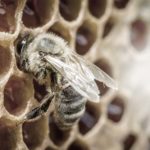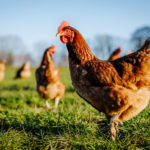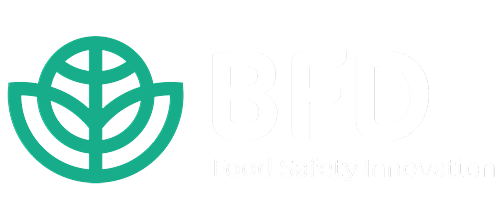
Antibiotic Use on the Rise in Aquaculture
Aquaculture is the farming of fish, crustaceans, mollusks, aquatic plants, algae and other organisms. It involves cultivating freshwater and saltwater populations under controlled conditions, this differs to commercial fishing where wild fish are harvested.
The global human population is predicted to eat 30 million tonnes of fish by 2030 (United Nations Food & Agriculture Organisation), making aquaculture the fastest growing sector in the food animal industry. One of the main producing countries of fish is China, responsible for producing and around 80% of the world’s fisheries export. This is a booming industry for China, however, recent reports have warned that excessive use of antibiotics in aquaculture is increasing at a rapid rate with large quantities of antibiotics being dropped into the ocean. This raises the risk of drug resistant superbugs developing and contributes to antibiotic resistance in humans as the fish is exported and processed for human consumption.
It is thought that when antibiotics, even in large volumes, are dropped into the ocean for fish to consume, the body of water is so vast that the water can dilute the drugs. As a result, these farms are subject to less stringent regulations on administering antibiotics. This however, has not proven to be the case and marine scientists have detected a range of antibiotics in thousands of water samples. For example, in waters near farms in Guangdong and Bohai Sea, concentrations of antibiotics were found to reach more than 2 micrograms per litre of sea water, this is the equivalent to 20,000 penicillin pills into a normal swimming pool. Residues found in these tests included; fulfathiole, chloramphenicol and erthyromycin.
Given the global risk of antibiotic resistance in animals and humans, it is essential that the laws around the antibiotics that can be used in farming and the levels at which they can be used is enforced and verified with routine testing of food and feed samples. Routine testing can be conducted at several stages, at food processor level, in government and 3rd party testing laboratories and import/export departments.
Biorex Food Diagnostics delivers a range of high-quality, reliable immunoassay ELISA kits for the rapid detection of antibiotics, growth promoters and other veterinary drug residues in fish, meat, honey, dairy and feed. This innovative technology delivers reliable, accurate results within a fast turnaround time, helping users ensure the safe supply of food and feed products to animals and end consumers.
For more information contact sales@biorexfooddiagnostics.com







